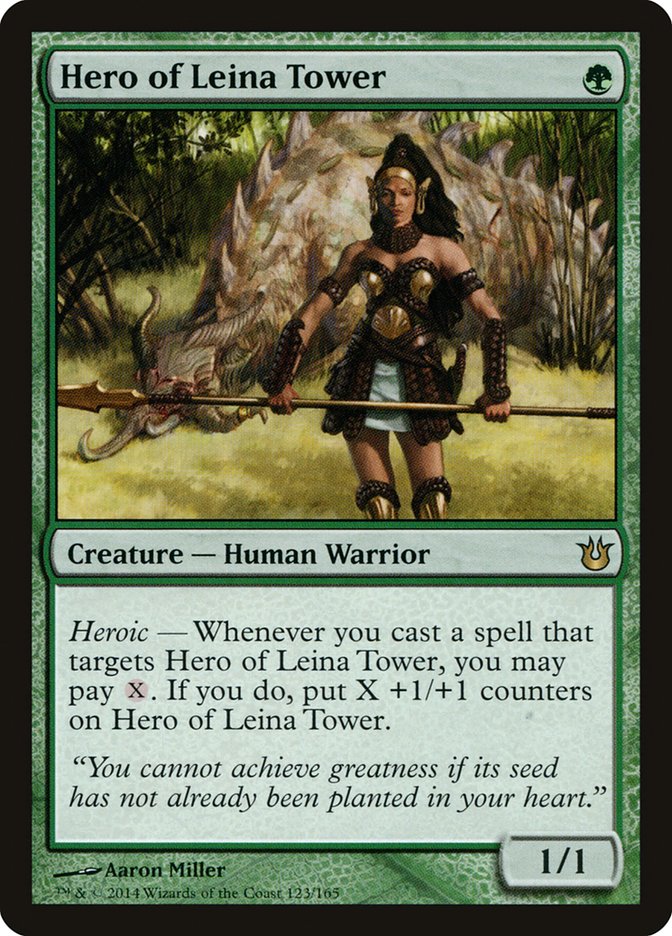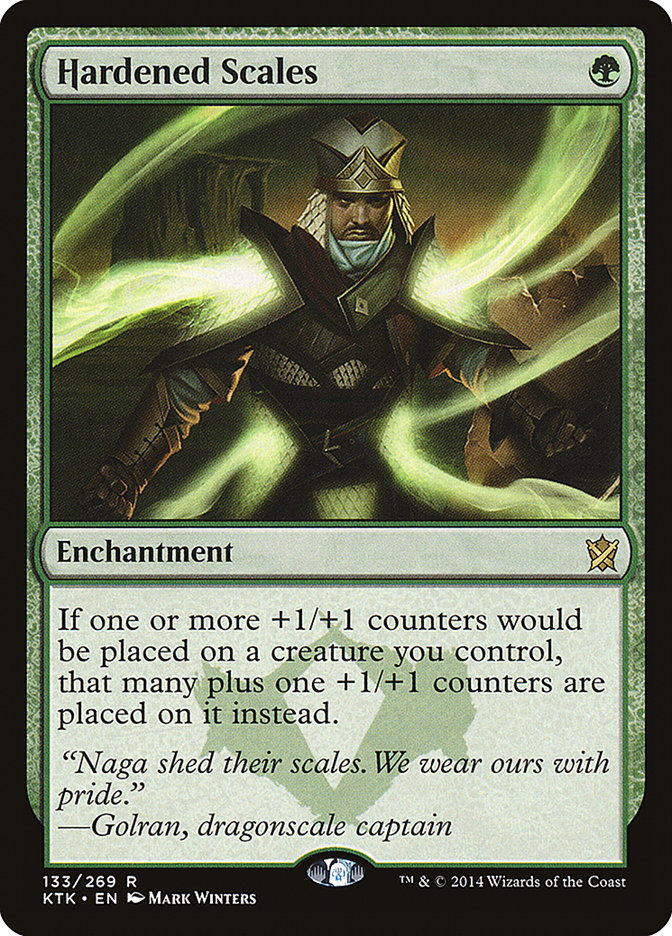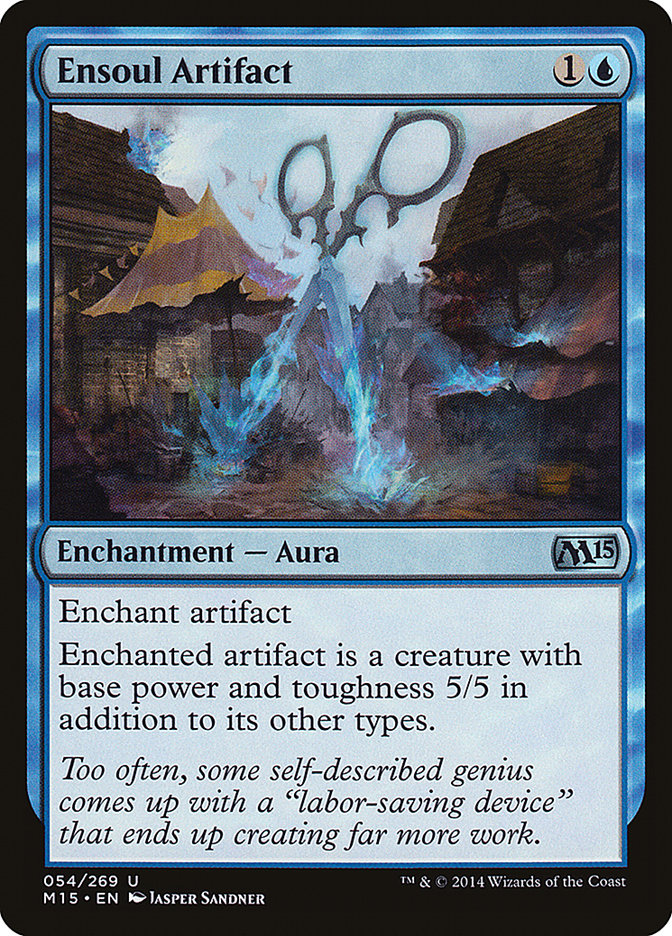Every now and then, I like to look back at previous Septembers and browse the Standard proto-decks that brewers and experts made. Some are verbatim
starting lists that prove successful the first weekend they’re out, and others disappear without ever seeing one tournament table. This is healthy for a
format; we should be finding what works and what doesn’t.
One thing I love about spoiler season is how drastically a deck can improve day to day thanks to a new piece being spoiled that makes the deck more and
more viable. One refresh of a spoiler page can change your whole plan, and that kind of volatility is, frankly, the best part about brewing. Everyone wants
to build the idea first, and there’s a special kind of happiness for getting it out there ahead of the pack.
When building decks for a Standard where half the old cards disappear, there are a couple different strategies. Most of the pros say that the new Standard
will look something like Block Constructed from the previous spring. I don’t think they’re too far off, but I will say that the last couple years have not
acquiesced to this paradigm. When Theros was released, Standard was rocked by Gray Merchant of Asphodel, Master of Waves, and Mutavault, none of which had
any analogous effect in Block Constructed. In 2012, Thragtusk was the premium spell in Standard, finding its way in ramp decks, Jund midrange lists, and
reanimator shells around the world. Innistrad’s Delver of Secrets grew to define its Standard format, despite awesome artifact synergies from the Scars of
Mirrodin Block. It’s definitely a good starting point, and occasionally, previously latent or fledgling strategies find a new item.
Although I’ve brewed about a dozen decks within the new Khans of Tarkir Standard (as of this writing 75/239 cards have been spoiled), a couple have used
cards and strategies that have been lying in wait for their strategy to emerge.
I’ll bite; maybe the best new decks will look a lot like Theros Block. If that’s the case, heroic might get to move up a tier.
This mighty lady is at the centerpiece of a green heroic strategy. She gets into the battle quick, and late-game she becomes a monster with even a simple
pump spell. Green has other powerful heroic choices, but she’s the one with the greatest potential. From there, we look to White, a protective, efficient
instant source with plenty of heroic creatures on its own.
Wait a minute; this deck needs a little something new.
As one of my friends called it, it’s Doubling Season Lite! Hardened Scales makes every +1/+1 trigger extra good, putting things quickly out of burn range.
Without pesky Detention Sphere and Selesnya Charm, only black removal can deal with us on the spot!
The heroic creatures arise completely from Theros Block, but Khans of Tarkir and M15 each make valuable contributions.
Creatures (18)
Lands (21)
Spells (21)
- 4 Gods Willing
- 1 Acolyte's Reward
- 4 Nature's Panoply
- 4 Ephemeral Shields
- 4 Abzan Ascendancy
- 4 Hardened Scales
Sideboard

Twelve heroic one-drops backed up by twelve one-drop protective cards that also act to permanently enhance the team comprise the core of the list.
Thanks to Hardened Scales, you need just invest one mana to pump her effectively. Favored Hoplite is a classic white heroic choice in Theros Block, and the
extra point of toughness makes this a formidable 3/4 with just one trigger and a Hardened Scales. Lagonna-Band Trailblazer might look silly, but a huge
toughness lets this block and attack without hesitation. After just one trigger, this can block any of the format’s scary 5/5s.
Phalanx Leader is massive. Just one trigger gives your whole team a double anthem effect. I originally started with a set, but you only need one, and the
WW cost is fairly demanding. Akroan Skyguard, while just a hair above vanilla, gets pretty scary when two triggers turn it into a dragon’s worth of punch.
I’m very excited particularly about the spell suite in this deck; here, the new toys from M15 and Khans get a chance to shine. Ephemeral Shields is a free
heroic trigger while also providing impregnability for any target. Anger of the Gods, Hero’s Downfall or any foul manner of “destroy” removal in Khans
can’t touch you, and your creature will always get larger in combat if you just need to finish the final blow. Nature’s Panoply is another all-star. For
just one green mana, you are giving any creature two +1/+1 counters. With Hardened Scales, that’s four counters for one mana. Strive
allows you to double the fun; in fact, because I didn’t know how to spell “panoply” before I wrote this, I’d just been thinking of this spell as Strive
Thrive, like the old Prophecy sorcery, hence the deck name. Gods Willing is a carryover from the previous block, but it’s just about unmatched in creature
protection and evasion. Because all of these creatures get larger when they’re targeted, there’s a nonzero chance this will let you swing past a sea of
monocolored fun-spoilers. I’ve loved casting Acolyte’s Reward on the rare occasion when I do, and here, it provides a weird way to finish a game. Because
your creatures survive combat and destruction spells, you’ll have a lot of white devotion floating around. Smacking someone in the face with their own
damage never gets old–just make sure not to target Favored Hoplite. Its damage prevention will override the redirection of damage otherwise possible to
another target.
Hardened Scales has potential to be truly relevant; never take one-drops for granted. This effect is powerful, and while not always exponential, it never
hurts to have two or four out. Abzan Ascendancy is the real sweetheart of the deck though. When you stick it, your whole team gets a pump, and every
Hardened Scales pushes your heroes one step closer to godhood. When they die, you still get an army of Spirits. Play your second Abzan Ascendancy and smash
them with an army of 3/3 fliers!
I’ll take a moment to cover the land choice. Sandsteppe Citadel, the Abzan “cland” directly replaces Temple of Plenty. Effectively, I’m sacrificing a scry
1 effect for the black splash, and I’m happy to make that trade. Now that Windswept Heath is back, you can always have either a Forest or Plains
immediately on hand–just crack it when it’s time to choose! Mana Confluence is a required four-of given the color-intensive nature of many of the cards.
Again, you’d play this anyway, so the black splash is essentially free. The only homage to the black splash is Urborg, Tomb of Yawgmoth, which conveniently
allows your Confluences and Windswept Heaths to tap for black (or essentially colorless in this deck).
Although I don’t normally make a sideboard for such an early draft, this one was pretty easy. Ordeal of Heliod is perfect in an aggressive mirror. Both
triggers will get doubled with Hardened Scales. That means this will be sacrificed as soon as its target attacks for the first time. Setessan Tactics
should be outrageous against white weenie, mono-red, or any green ramp deck. Without hesitation all your newly-pumped heroic bruisers will flatten
every creature your opponent has. Setessan Tactics looks a lot better when it gives your team +3/+3 instead. Thoughtseize is a little shaky on nine black
sources, but I still think it’s good enough to include so you can break up your opponent’s strategy long enough to assemble an unstoppable team. Ajani’s
Presence and Ranger’s Guile allow you to diversify your protection answers based on your need (Ajani’s Presence over Gods Willing against Mono-Red
perhaps), while fighting a blue deck might lend the preference to Ranger’s Guile.
This has not been a lightning-fast deck in testing, but it has been surprisingly consistent and resilient. I’m still not sure if the creature count is
right, as occasionally I draw too many spells and too few creatures and vice versa.
The next list bases itself on another brewer’s favorite. Since M15, people have been trying to make Ensoul Artifact work. When Ghostfire Blade got spoiled,
my mind jumped to artifacts much quicker than it did to morph creatures, its in-block target. Ornithopter, as a favorite target for Ensoul Artifact, loves
the blade too.
Although mono-blue is tempting and has been tried, these decks could use a lot of help from two colors.
Creatures (17)
Lands (20)
Spells (23)

Ornithopter now has eight turn-two toys.
The Thopter is king in this deck, but other creatures do well to sidle up behind it. Phyrexian Revoker is a solid 4/3 with a Blade, and it works hard to
shut down the planeswalkers and utility creatures of the format, even stonewalling a Voyaging Satyr or a powerful morphing creature (correct me if I’m
wrong there). Disciple of Deceit has always been top of mind with any kind of Dimir-colored Ensoul Artifact deck, and this one seems no different. With an
expensive equip, it’s also a 3/5, which is usually enough to get it sideways to inspire. Ruthless Ripper and Dragon’s Eye Servants are morph creatures for
which the Ghostfire Blade was designed. I’m especially excited about Ruthless Ripper, who gives the deck a bit of reach in the lategame. Even after the
flip, the Blade lends a lot of power to the creature; Typhoid Rats can hit you all day, but maybe not a Hill Giant. Dragon’s Eye Servant is a solid morph
too, offering a huge blocker on-demand or, if you can wait a turn, you can bait a damage-based removal spell the flipped Servants will have no problem
soaking. Bear in mind that, for these costs, Disciple of Deceit can be used for both!
Ensoul Artifact will be good in the next year, I’m sure of it. It gives any deck that plays it a weird resemblance to Hexproof; the deck is dynamite if it
hits its mark on time, but it looks pretty silly when it doesn’t. Ensoul Artifact will never lack targets. Ghostfire Blade is absolutely a playset. You’ll
always have the mana to play and equip it, so why not keep the pressure on with any old colorless creature you’ve got? If Mutavault were still legal, it’d
basically be Rancor that buffed toughness instead of offering trample. If you’ve noticed, the original Vulshok Morningstar (or any variants thereof, see
Heavy Mattock) has not been printed at that cost in years, so cutting both costs in half provides enormous efficiency and weakens the power of spot
removal.
Springleaf Drum is great for getting a leg up on the ramp, and it does let you tap the Disciple on demand. Extras are then easily discarded. The Drum is an
on-time animation target for Ensoul Artifact too. Four has often proven to be too many in non-Affinity builds, but here, I think you might just want that
many. Thoughtseize is still going to be formidable post-rotation. In fact, it might even be better than it was before. As the format slows down,
Thoughtseize will pay a more critical role in delaying your opponent’s development. Ulcerate is a card I’ve wanted to try out. As far as removal goes, this
is a step below Dismember. It’s as close as current Standard could get. The Disciple will happily filter away extras into more Ghostfire Blades if you draw
one too many. Similarly, Swan Song is a spell that sacrifices hard benefit for cost. Thankfully, none of these creatures are scared of a 2/2 Bird with a
Blade at their hip.
I wanted to try out Rogue’s Gloves. In the long game, this could provide steady advantage at a good price, and the ability of this card to search with the
Disciple might be enough for it to make the cut.
The land count is tight, but with four Drums and four zero-cost spells, we shouldn’t have a problem making our spells on time. Moreover, Disciple of Deceit
can discard excess Ornithopters to find the lands you need.
I originally said there were a couple different strategies to build new decks: one builds on the old, which we talked about here, and the other builds
entirely on the new, abandoning almost everything from the previous set, save a planeswalker and the mana fixing, perhaps. We don’t have quite enough to
make a “Khans Block” deck yet, but the time will come soon. Even by now, you’ve seen more of the set than I have, and by the time you come back for more
next week, the entire set will be spoiled, and everyone will be scurrying to come up with the next big thing. I bet one of you takes the first
step!
Which funky cards from Khans have got your juices flowing? Do you think any archetype from the old format will survive? Which clan strikes you as the
stand-out winner in the five-way free-for-all?




